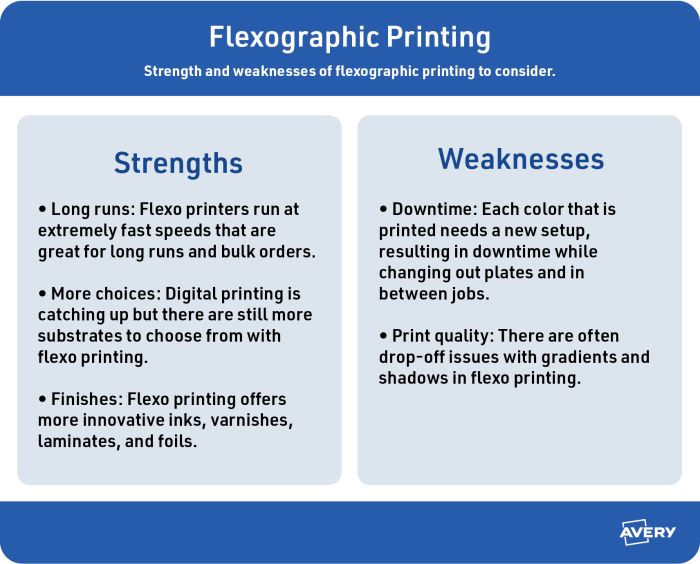The Facts About Digital Printing Revealed
The Facts About Digital Printing Revealed
Blog Article
The 20-Second Trick For Digital Printing
Table of ContentsThe Ultimate Guide To Digital Printing10 Simple Techniques For Digital PrintingThe Ultimate Guide To Digital PrintingThe Facts About Digital Printing UncoveredThe 8-Minute Rule for Digital PrintingThe Of Digital Printing
Variable data printing, such as direct mail with personalized codes and addresses, is ideally matched for digital printing. Digital quick printing only requires four steps of design, testimonial, printing and binding to get whatever done. Digital fast printing has an unequaled benefit: print on need.According to PMMI, digital printing enables brands and suppliers to respond quickly to consumer demands while enhancing the supply chain, minimizing warehousing price and waste, and taking pleasure in faster time to market. That all noises wonderful, yet exactly how does this innovation do all that? The major differentiator of these technologies is that there are no set-up costs and no plates with digital printing.
Examine This Report on Digital Printing
According to Wikipedia, the greatest difference in between electronic printing and conventional methods such as lithography, flexography, gravure, or letterpress - Digital Printing is that there is no requirement to replace printing plates in digital printing, whereas in these analog printing approaches the plates are repeatedly changed. This results in quicker turnaround time and lowers cost when using digital printing.
Digital printing is very adaptable, so it's simple to make modifications to the package design swiftly. It all goes back to the plates.
More supply can suggest more waste down the road. With traditional printing techniques, short-run printing is just not feasible. Since a terrific layout can make or break your product, digital printing regularly produces top notch, clear and vivid graphics each time. Digital printing on adaptable bags adds the brilliant, vivid, and exact graphics that almost bid consumers to connect and touch them.
Digital printing is the procedure of printing digital-based pictures straight onto a range of media substrates. There is no need for a printing plate, unlike with countered printing. Digital files such as PDFs or desktop posting data can be sent out directly to the electronic printing machine to publish on paper, image paper, canvas, textile, synthetics, cardstock and other substratums.
Digital Printing Fundamentals Explained
According to PMMI, digital printing permits brands and suppliers to react quickly to customer demands while improving the supply chain, minimizing warehousing cost and waste, and enjoying faster time to market. That all noises fantastic, however how does this innovation do all that? The significant differentiator of these innovations is that there are no set up charges and no plates with electronic printing.
According to Wikipedia, the best distinction in between electronic printing and traditional methods such as lithography, flexography, gravure, or letterpress is that there is no need to replace printing plates in digital printing, whereas in these analog printing approaches the plates are consistently changed. This causes quicker turn-around time and decreases price when using digital printing.

Not known Facts About Digital Printing
A lot more stock can suggest more waste later on. With conventional printing approaches, short-run printing is just not feasible. Due to the fact that a great layout can make or damage your item, electronic printing continually produces top quality, clear and vivid graphics each time. Digital printing on flexible bags adds the brilliant, lively, and precise graphics that practically beckon customers to connect and touch them.

According to PMMI, electronic printing enables brands and manufacturers to react quickly to client demands while improving the supply chain, lowering warehousing price and waste, and enjoying faster time to market. That all audios terrific, but exactly how does this modern technology do all that? The major differentiator of these innovations is that there are no set up costs and no plates with digital printing.
A Biased View of Digital Printing
According to Wikipedia, the biggest difference between digital printing and conventional approaches such as lithography, flexography, gravure, or letterpress is that there is no requirement to replace printing plates in digital printing, whereas Web Site in these analog printing techniques the plates are continuously changed. This results in quicker turn-around time and lowers price when making use of electronic printing.
Digital printing is highly flexible, so it's simple to make adjustments to the plan style quickly. It all goes back to the plates.

Digital Printing - Truths
Digital printing is the procedure of printing digital-based images directly onto a range of media substratums. There is no need for a printing plate, unlike with countered printing. Digital documents such as PDFs or desktop publishing documents can be sent out straight to look at this website the digital printing machine to print theoretically, image paper, canvas, fabric, synthetics, cardstock and various other substrates.
Report this page